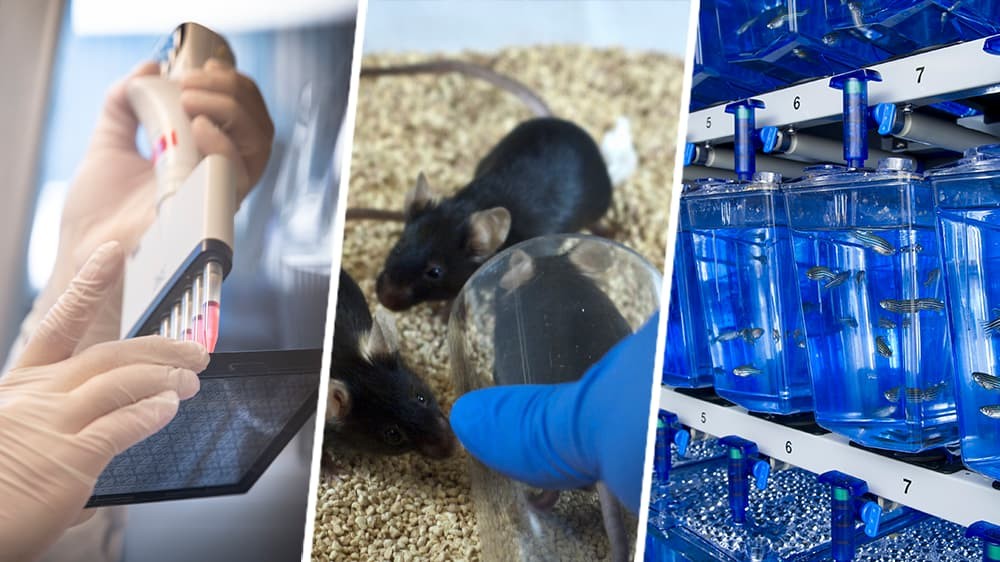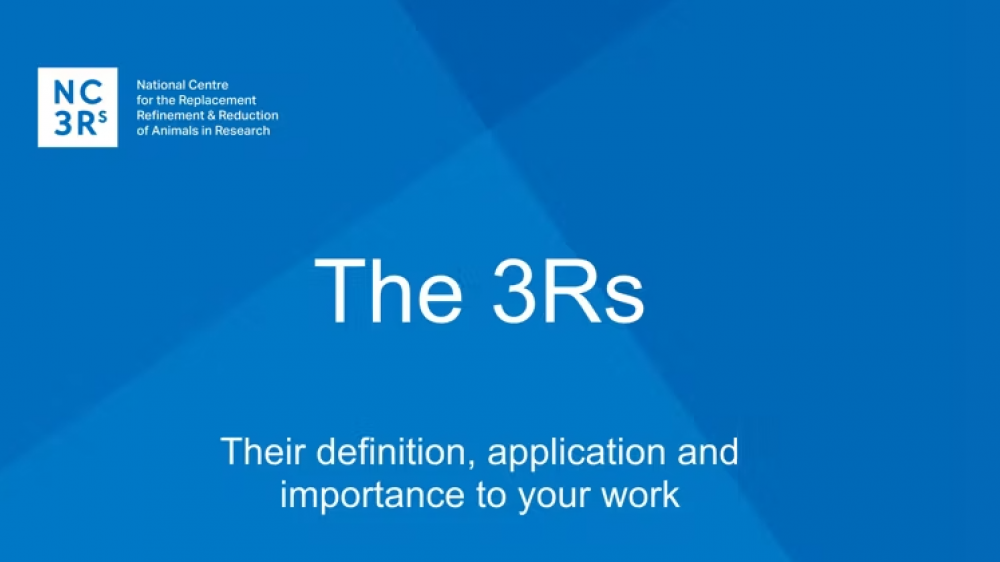The 3Rs
Information about the 3Rs written for a general audience. Perfect for members of the public who are keen to find out more about the 3Rs, and young people doing research for secondary school projects.

A video resource for introductory training on the 3Rs aimed at in vivo researchers and animal technicians.

